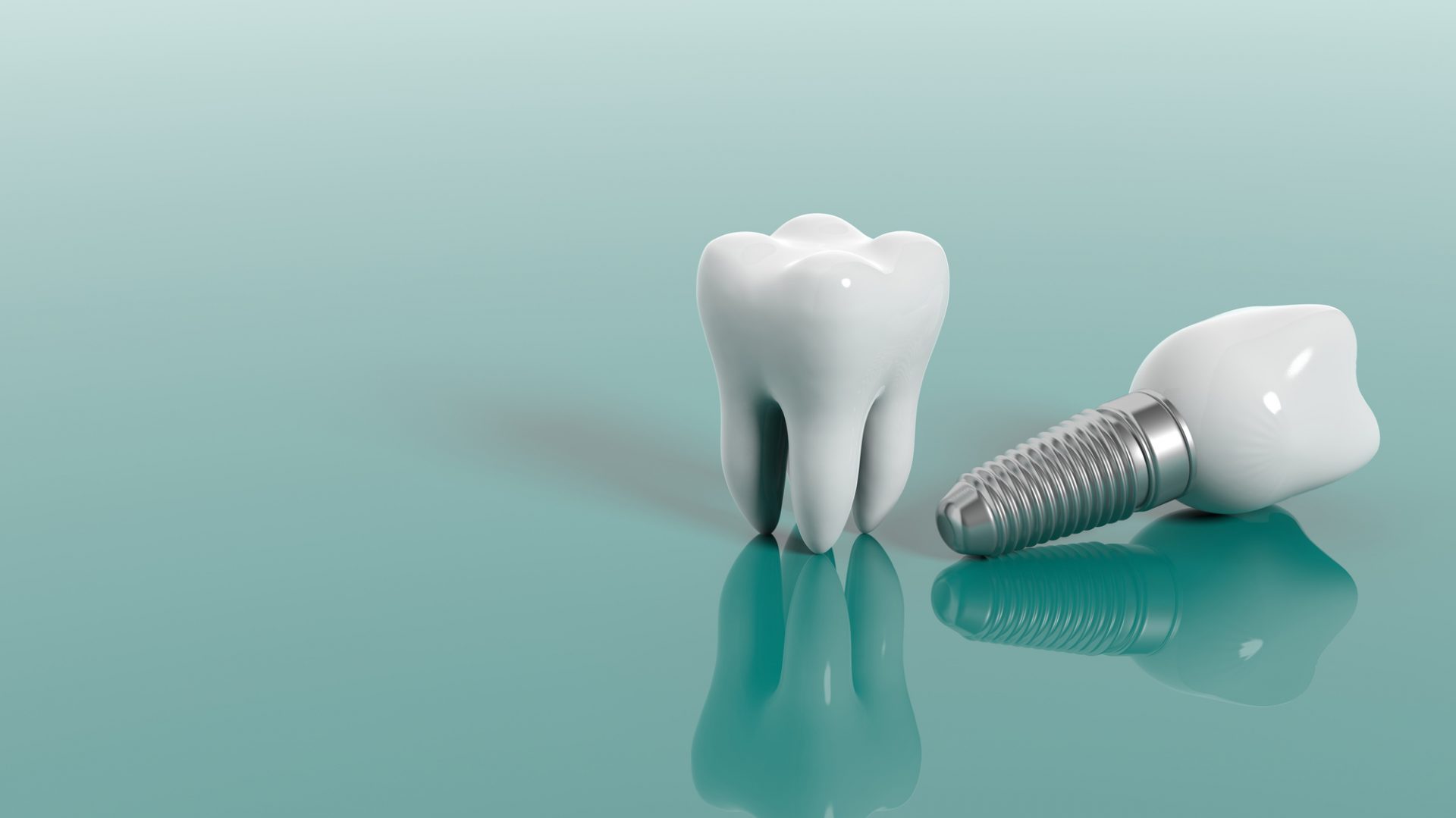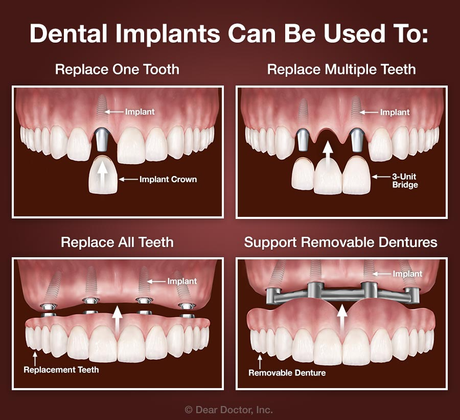The 8-Minute Rule for Dental Sense
The 8-Minute Rule for Dental Sense
Blog Article
The Single Strategy To Use For Dental Sense
Table of ContentsThe 5-Minute Rule for Dental SenseSome Known Incorrect Statements About Dental Sense Top Guidelines Of Dental SenseThe Basic Principles Of Dental Sense
are medical tools operatively implanted into the jaw to bring back an individual's capacity to chew or their appearance. They provide support for fabricated (phony) teeth, such as crowns, bridges, or dentures. When a tooth is shed because of injury or illness, a person can experience issues such as quick bone loss, malfunctioning speech, or changes to chewing patterns that result in discomfort.Dental dental implant systems contain an oral implant body and dental implant abutment and may likewise consist of a joint addiction screw. Wisdom tooth cavity. The dental implant body is operatively placed in the jawbone in area of the tooth's origin. The oral implant abutment is typically connected to the dental implant body by the joint fixation screw and prolongs through gums into the mouth to support the attached artificial teeth
(https://blogfreely.net/dentalsense1/5eq6ue3fhs)Structure of The Dental Implant System choosing oral implants, talk with your dental supplier about the possible benefits and threats, and whether you are a prospect for the procedure. Things to consider: Your total health and wellness is a crucial factor in figuring out whether you are an excellent prospect for dental implants, the length of time it will take to recover, and just how long the implant might remain in area.
Smoking may influence the recovery procedure and lower the long-lasting success of the dental implant. The healing process for the dental implant body might take numerous months or longer, throughout which time you typically have a temporary joint instead of the tooth. the dental implant treatment: Meticulously comply with the oral hygiene guidelines given to you by your oral company.
All About Dental Sense
Implant failure can lead to the demand for an additional operation to take care of or change the implant system. Brings back the capacity to eat Brings back aesthetic look Assists keep the jawbone from diminishing because of bone loss Maintains the health of the bordering bone and gum tissues Helps maintain surrounding (neighboring) teeth steady Improves lifestyle Damages to bordering all-natural teeth during implant positioning Injury to the surrounding cells during surgery, such as sinus perforation Injury throughout surgical procedure (for instance, fracture of surrounding jawbone) Inadequate function, such as seeming like the teeth do not attack together usually A sensation that the tooth is loosened or turning in place arising from a joint screw loosening Implant body failure (looseness of the dental implant body) because of systemic infection, which may be a lot more most likely in people with uncontrolled diabetes as a result of neighborhood infection in bone and gums supporting the dental implant body due to delayed healing, which might be much more likely in people that smoke Problem cleaning up the gum tissues around the dental implant, causing inadequate oral hygiene Unattended periodontal illness Post-surgical pins and needles due to nerve impingement or damage Constantly alert healthcare providers and imaging professionals that you have dental implants before any type of magnetic vibration imaging (MRI) or x-ray procedures.
FDA is not familiar with any damaging events reported for MRI or x-ray procedures with dental implants. Oral implants systems are usually constructed from products that adhere to international consensus standards of the International Company for Standardization (ISO) or ASTM International. These criteria have information of what makes a risk-free product.

An oral implant is a structure that replaces a missing tooth. With screw-like devices, the specialist inserts a dental implant right into the jawbone, and it serves as a support for a fabricated tooth, called a crown. A device called a joint links the artificial tooth to the oral implant. The crown is tailor-made to fit the individual's mouth and match the color of their teeth.
Rumored Buzz on Dental Sense
Some people are not qualified for oral implant surgical treatment. It is for oral cosmetic surgeons to operate individuals with: intense illnessuncontrollable metabolic diseasebone or soft tissue condition or infectionIf these concerns are resolved, a person can have the surgery. In, dental cosmetic surgeons avoid operating individuals with: If individuals with any of the above undertake oral implant surgery, there is a higher danger of the dental implant failing.

Oral implant surgical procedure is a personalized process. It's not the very same for every person. However the adhering to offers a general summary of what you can expect your dentist, dental surgeon, periodontist or prosthodontist to do: Place the dental implant surgically. Provide you time to recover. Attach the blog post and final crown, bridge or denture.
Next, your surgeon will meticulously position the oral implant right into your jaw. Your doctor will reposition your gum tissues and close the incision with stitches. If your dental implant is near the front of your mouth, your dental practitioner will certainly make a short-term tooth for you to wear up until you recover. By doing this, you will not have a space in your smile while you recuperate.
The Ultimate Guide To Dental Sense
During the healing stage, your jawbone ought to fuse to the dental implant. This procedure can take anywhere from three to 9 months.
When your implant heals, your dental professional can attach the abutment (little port article) and your last repair (crown, bridge or denture). This normally takes concerning one hour to complete and might need a second minor surgical treatment. You should not really feel any kind of pain during your oral implant treatment since your supplier will certainly use medicine to numb your gum tissues.
Report this page